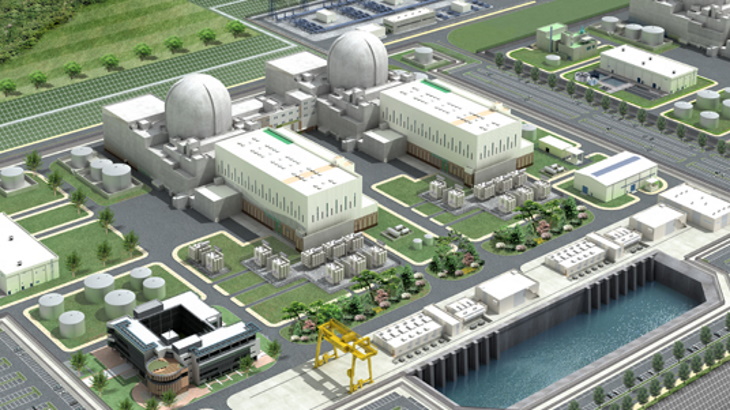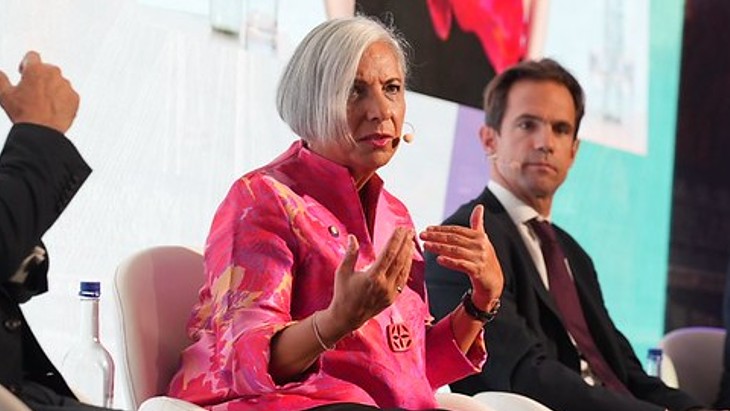Indian reactor reaches first criticality
.jpg)
The plant, also known as Kakrapar Atomic Power Project unit 4 (KAPP 4 ), is an Indian-designed and built 700 MWe pressurised heavy water reactor and is the second in a series of sixteen units, the first of which - Kakrapar unit 3 - was declared in commercial operation earlier this year.
India's Atomic Energy Regulatory Board gave the plant's operators permission to start the reactor on 11 December, after completing safety reviews. The unit will now undergo further testing as its power level is gradually increased in line with regulatory clearances, until the unit is operating at full power. The next major milestone will be when the unit is connected to the Indian electricity grid for the first time.
Construction of the two units at Kakrapar, in Gujurat, formally began in 2010, and Kakrapar 3 achieved first criticality in July 2020. The site is also home to two 202 MWe PWHRs which have been in operation since the 1990s. The project to build units 3 and 4 saw the pouring of some 1.4 million cubic metres of concrete, and needed 21,000 tonnes of structural steel, NPCIL said in a video released to mark the first criticality.
Two 700 MWe PHWRs are currently under construction at Rawatbhata 7 and 8 in Rajasthan, with further units planned to be built at Kaiga in Karnataka, Gorakhpur in Haryana; Chutka in Madhya Pradesh, and Mahi Banswara in Rajasthan.
Chutka progress
Separately, Minister of State Jitendra Singh has confirmed that the land for the two 700 MWe PHWRs planned for construction at Chutka has been purchased and transferred to NPCIL. In a written answer to a parliamentary question, the minister also said an agreement has been signed with the state government for allocation of water for the project, and environmental clearance obtained from the Ministry of Environment, Forests and Climate Change. Procurement of long manufacturing cycle equipment for ten reactors that are to be built in "fleet mode", including Chutka, has begun.
The estimated cost of the project is INR21,000 crore (about USD2.5 billion - one crore is equivalent to 10 million), Singh said.

_92619.jpg)











